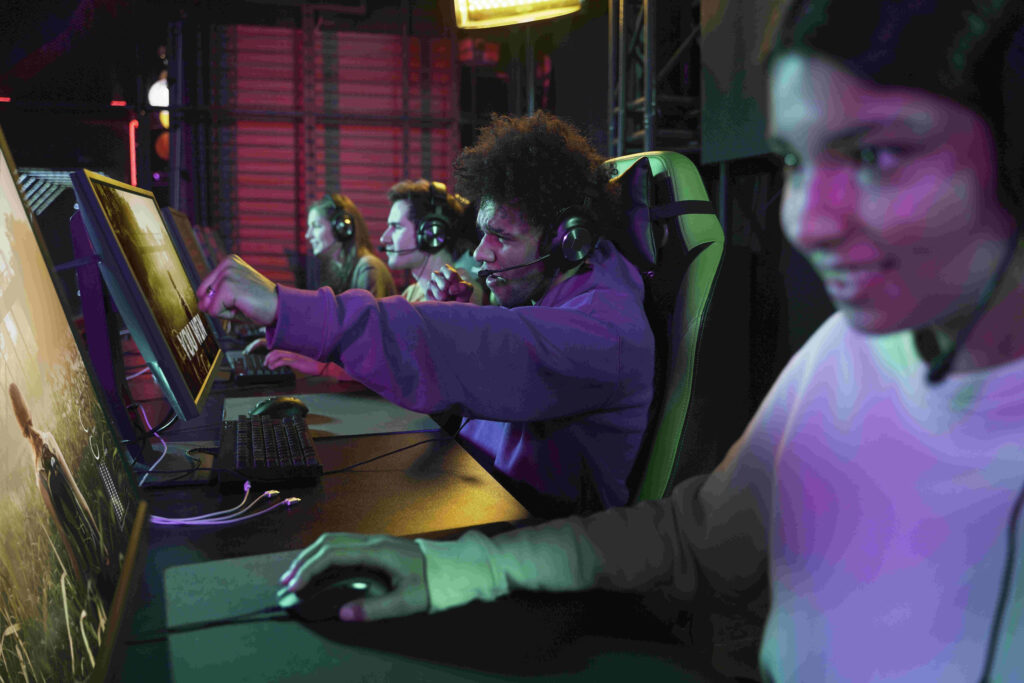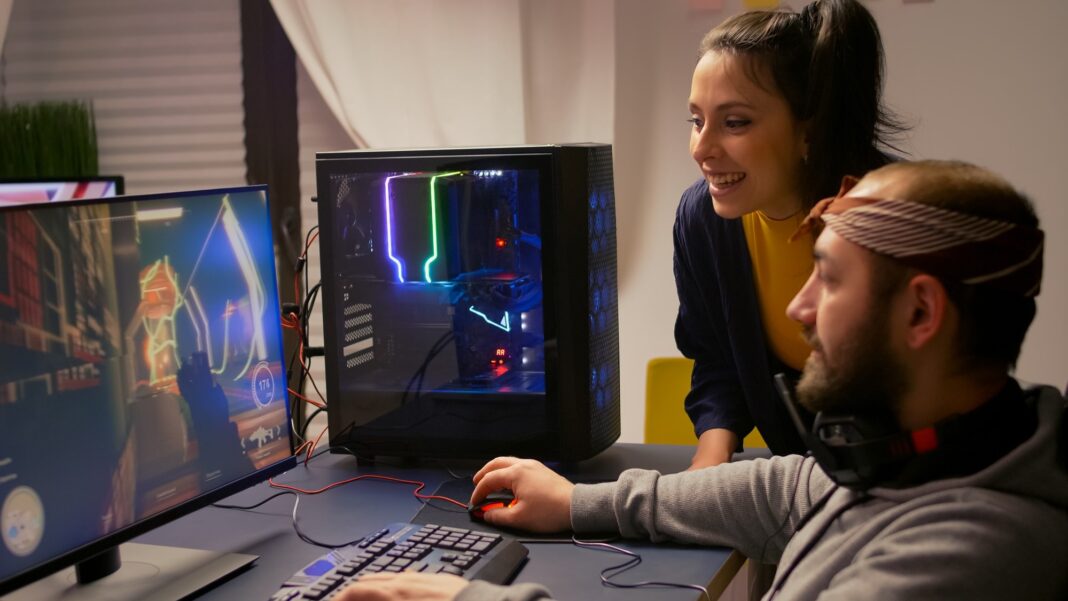Game development combines creativity, technology, and problem-solving to create interactive experiences. Whether you’re an indie developer or part of a studio, understanding the core principles of design, programming, and player psychology is essential. This guide breaks down the process into actionable steps, avoiding vague theories and focusing on real-world application.

Game Development
Game development is the process of designing, programming, and producing a video game. It involves multiple disciplines, including storytelling, art, sound design, and coding. Unlike passive media, games require player interaction, making usability a top priority.
Key Roles in Game Development:
- Designers – Create gameplay mechanics, levels, and narratives.
- Programmers – Write code to make the game function.
- Artists – Develop 2D/3D assets, animations, and visual effects.
- Sound Engineers – Design music, voiceovers, and sound effects.
- Testers – Identify bugs and ensure smooth gameplay.
A successful game balances these elements while keeping the player engaged.
2. Essential Tools for Game Development
Choosing the right software can streamline production. Below are industry-standard tools:
Game Engines:
- Unity – Best for 2D/3D games, supports C#.
- Unreal Engine – Ideal for high-end graphics, uses Blueprints and C++.
- Godot – Open-source, lightweight, and flexible.
Design & Art Tools:
- Blender – Free 3D modeling software.
- Photoshop – For texture and concept art.
- Aseprite – Pixel art creation.
Sound & Music Tools:
- FMOD – Adaptive audio for dynamic soundscapes.
- Audacity – Free audio editing.
Using these tools effectively reduces development time and improves quality.
3. Core Principles of Game Design
Great games follow fundamental design rules that enhance player experience.
Player-Centric Design:
- Games should be intuitive; players shouldn’t need a manual.
- Feedback (visual, auditory) keeps users informed.
Balanced Difficulty:
- Too easy = boring. Too hard = frustrating.
- Progressive challenges maintain engagement.
Reward Systems:
- Achievements, unlocks, and story progression motivate players.
Ignoring these principles leads to poor retention and negative reviews.
4. Writing Code for Games
Programming brings mechanics to life. Key languages include:
- C# (Unity)
- C++ (Unreal Engine)
- Python (Prototyping, indie games)
Common Game Programming Tasks:
- Physics simulations (gravity, collisions).
- AI behavior for NPCs.
- Save/load systems.
Clean, modular code prevents bugs and simplifies updates.
5. Creating Immersive Art and Sound
Visuals and audio shape a game’s atmosphere.
Art Style Consistency:
- Choose a style (pixel, realistic, cartoon) and stick to it.
- Optimize assets to avoid performance issues.
Sound Design Tips:
- Use ambient sounds to build immersion.
- Dynamic music adjusts to gameplay intensity.
Poor art or sound can ruin an otherwise great game.
6. Testing and Polishing Your Game
Testing ensures a bug-free, enjoyable experience.
Types of Testing:
- Alpha Testing – Internal checks for major flaws.
- Beta Testing – External feedback from players.
- Playtesting – Observing real users to refine mechanics.
Polish involves fixing minor bugs, improving UI, and optimizing performance.
7. Publishing and Marketing Your Game
Launching requires strategy beyond development.
Distribution Platforms:
- Steam – Large audience but competitive.
- itch.io – Great for indie developers.
- App Stores – Mobile games (Google Play, Apple App Store).
Marketing Tips:
- Build a trailer showcasing gameplay.
- Engage with communities (Reddit, Discord).
- Offer demos to generate interest.
A strong launch increases visibility and sales.
FAQs
Q: How long does it take to develop a game?
A: Small games take months; AAA titles can take years. Scope and team size are major factors.
Q: Do I need to know how to code to make a game?
A: Not necessarily—engines like Unity offer visual scripting, but coding expands possibilities.
Q: What’s the biggest mistake new developers make?
A: Over-scaling. Start small, finish a project, then expand.
Q: How do I monetize my game?
A: Options include upfront pricing, subscriptions, in-app purchases, or ads.
Q: Can one person make a successful game?
A: Yes, but it requires planning. Many indie hits (e.g., Stardew Valley) were solo projects.
Conclusion
Game development demands technical skill, creativity, and persistence. By mastering tools, design principles, and player psychology, you can create engaging experiences. Start small, iterate often, and learn from feedback. Ready to build your first game? Begin today.

